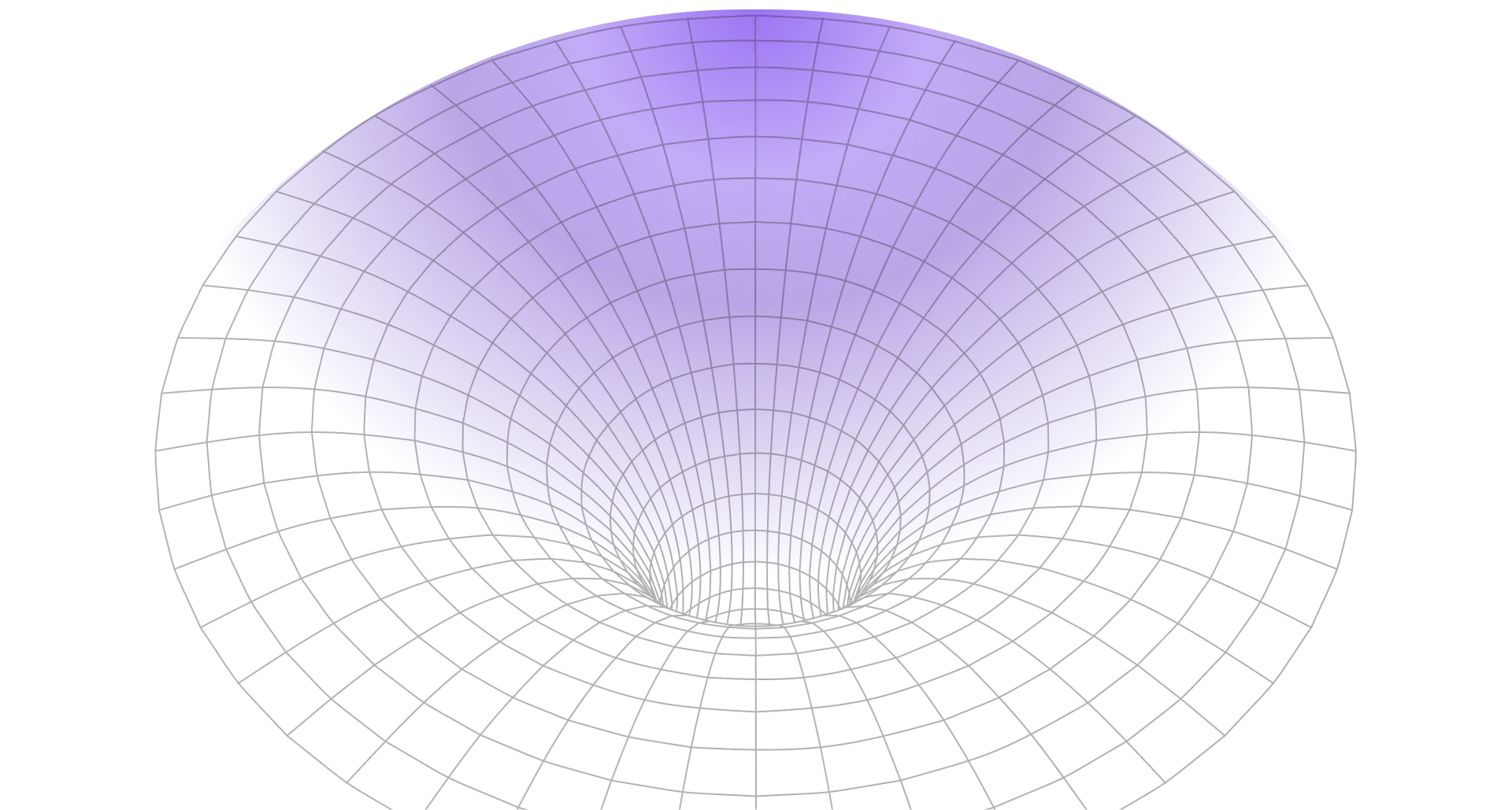Government agencies must prepare for the quantum computing threat by migrating to quantum-resistant cryptographic algorithms. The Federal Security Administration, responsible for protecting sensitive national security information, needed to implement post-quantum cryptography across their entire infrastructure before quantum computers could threaten their current encryption systems. This case study examines how we successfully executed a comprehensive quantum-safe cryptography migration while maintaining operational security.
Background
The Federal Security Administration manages classified communications and data for multiple government departments, utilizing encryption systems that would be vulnerable to quantum computer attacks. With intelligence estimates suggesting cryptographically relevant quantum computers could emerge within 10-15 years, the agency needed to begin migration to quantum-resistant algorithms immediately. The challenge involved updating legacy systems, maintaining interoperability, and ensuring no security gaps during the transition period.
Cryptographic Risk Assessment
Our analysis identified critical vulnerabilities in the current cryptographic infrastructure:
- RSA and elliptic curve cryptography used throughout classified communication systems.
- Legacy systems requiring custom migration approaches due to embedded cryptographic implementations.
- International communication protocols requiring coordination with allied nations for cryptographic standards.
- Real-time communication systems that could not tolerate service interruptions during migration.
Post-Quantum Cryptography Implementation
The migration required careful selection and implementation of quantum-resistant algorithms.
Algorithm Selection and Testing
We evaluated and implemented multiple post-quantum cryptographic approaches:
- Lattice-Based Cryptography – CRYSTALS-Dilithium and CRYSTALS-KYBER for digital signatures and key encapsulation mechanisms.
- Hash-Based Signatures – SPHINCS+ implementation for long-term document signing and authentication systems.
- Performance Optimization – Custom implementations optimized for government hardware requirements and security classifications.
Hybrid Cryptographic Systems
During the transition period, hybrid systems maintained security while enabling gradual migration.
Dual-Algorithm Implementation
Our team designed hybrid cryptographic solutions:
Classical-PQC Key Exchange – Simultaneous use of current and post-quantum algorithms to ensure security against both classical and quantum attacks during transition.
Legacy System Integration – Custom cryptographic bridges enabling post-quantum protection for systems that cannot be immediately updated.
International Interoperability – Coordination with international partners to ensure compatible post-quantum implementations for classified communications.
Outcome and Business Impact
The quantum-safe migration established long-term cryptographic security for national security communications:
Future-Proof Security – Complete protection against both current and future quantum computer threats with ongoing algorithm updates as standards evolve.
Operational Continuity – Zero service interruptions during migration with all classified communications maintaining required security levels throughout transition.
International Leadership – Successful implementation positioned the agency as a leader in post-quantum cryptography adoption, facilitating similar migrations among allied nations.



